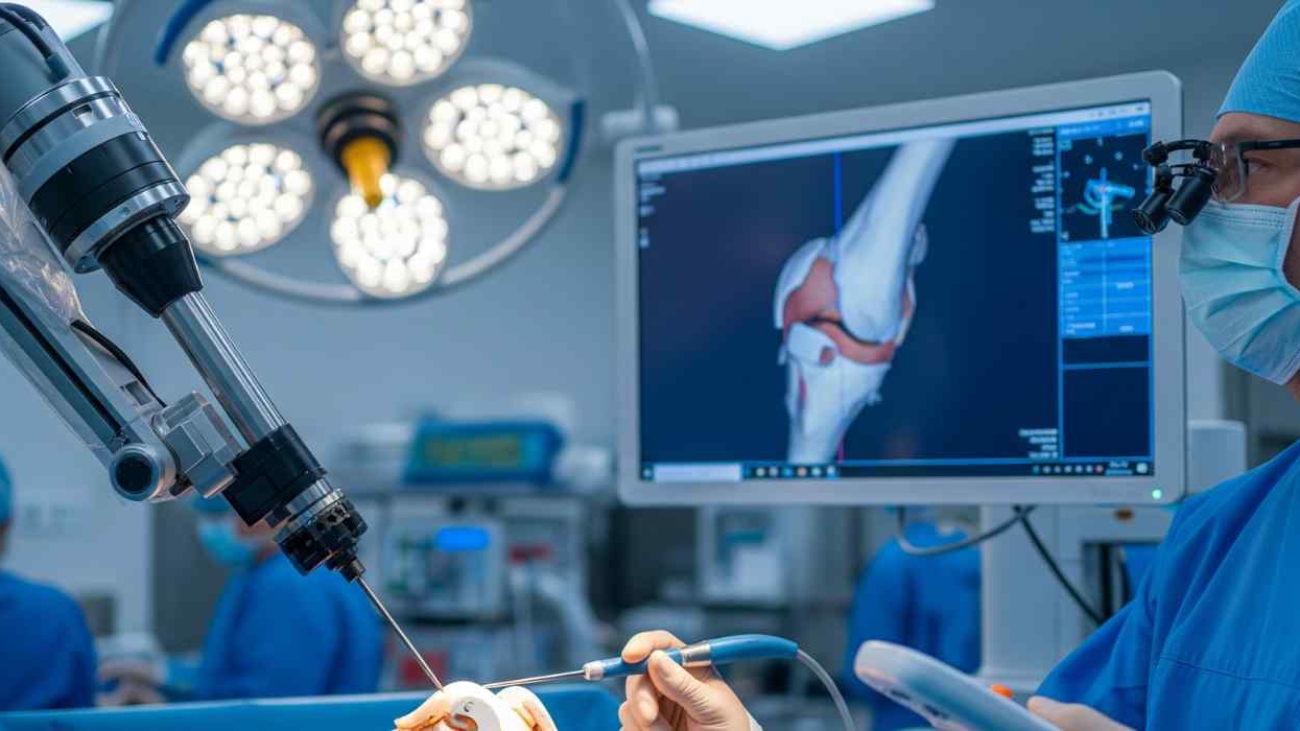Gone are the days when surgery meant large incisions, long hospital stays, and lengthy recoveries. Modern advances have changed expectations, making procedures less painful, less invasive, and far more effective. For years, minimally invasive surgery (MIS) has been a step forward, using smaller cuts and special instruments to reduce trauma compared to traditional open surgery. But now, technology has taken a giant leap with robotic-assisted surgery — an innovation that’s transforming outcomes, especially in orthopedic care.
The Next Step Beyond Minimally Invasive Surgery
Minimally invasive surgery made procedures more gentle on the body, but it still relied entirely on the surgeon’s hands and vision. While effective, there were limits to how precise implants could be placed or how much the surgeon could see inside the body.
This is where robotic-assisted surgery stands out. It combines the skill of a trained surgeon with the power of advanced robotics, offering accuracy and consistency.
How Robotic-Assisted Surgery Benefits Patients
For patients undergoing orthopedic procedures such as knee or hip replacement, advanced robotic surgery provide:
Unmatched precision – Robotic technology creates a 3D model of your joint, allowing surgeons to plan and execute the procedure down to the millimeter.
Personalized care – Every joint is unique. Robotic assistance ensures implants are aligned and fitted to your exact anatomy, which improves comfort and mobility.
Smaller incisions, faster healing – Like MIS, robotic surgery uses tiny cuts, but with greater accuracy, meaning less tissue damage and quicker recovery.
Better long-term results – Correct implant placement reduces wear and tear, increasing the lifespan of the replacement and lowering the chances of revision surgery.
More confidence for patients – Knowing your surgery involves both the expertise of your surgeon and the precision of robotics technology.
Robotic-assisted surgery isn’t just the future of orthopedics — it’s already here, delivering results that traditional and minimally invasive methods simply can’t match. With greater precision, faster recovery, and implants tailored to your unique anatomy, it offers a level of care designed to keep you moving confidently for years to come. If you’re considering joint replacement or another orthopedic procedure, choosing robotic-assisted surgery means choosing accuracy, safety, and long-term success. Talk to our orthopedic specialist to see how this cutting-edge approach can help you get back to a pain-free, active lifestyle.


